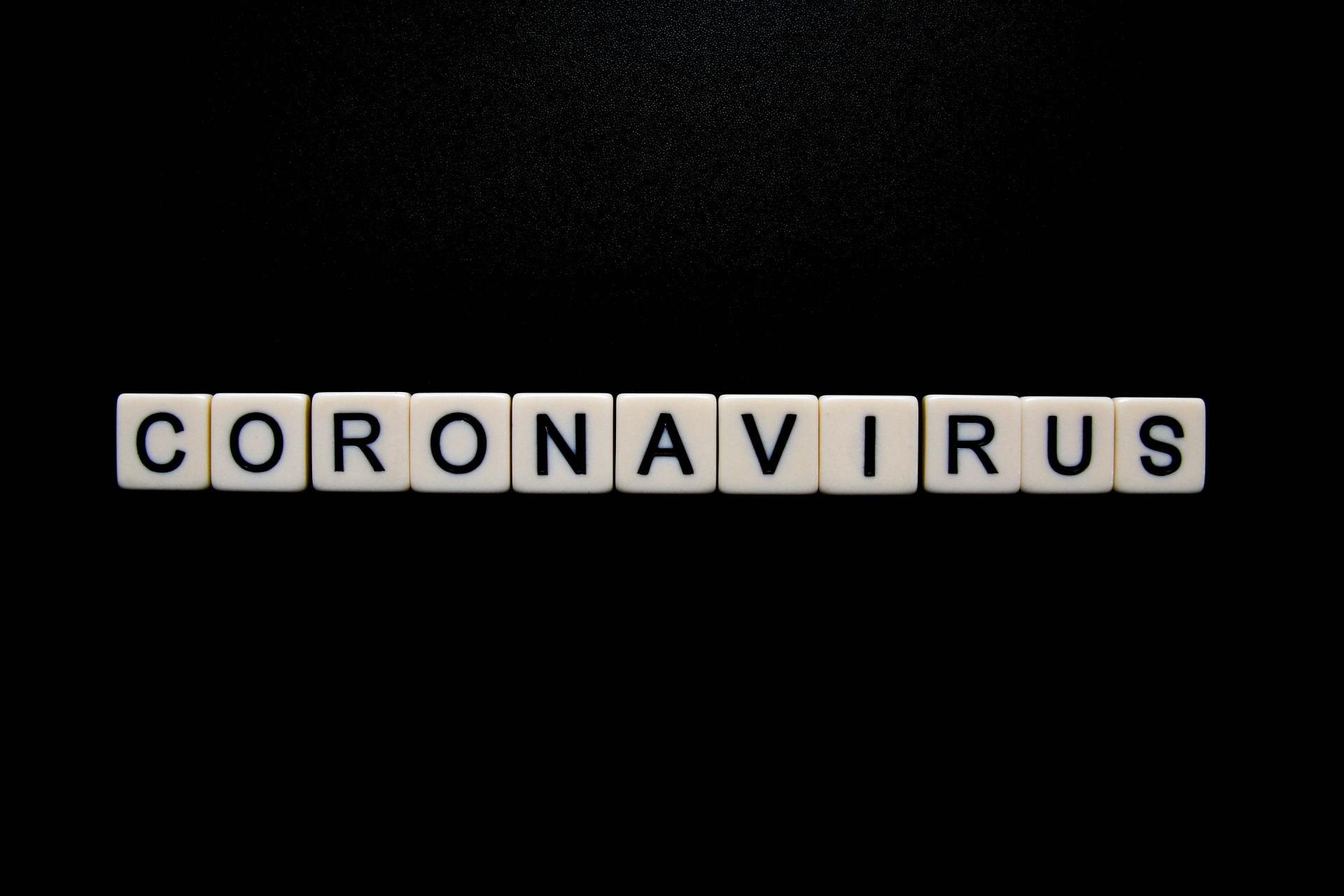Revocable Living Trusts
Revocable living trusts are the most commonly used type of trust in estate plans.
As with any estate plan , there is no one-size-fits all solution that can easily be applied to every situation. However, there are a number of tools and techniques that can be used in certain situations which may provide an individual with some desirable benefits. Any discussion of trusts as estate planning tools must include an overview of revocable living ( inter vivos ) trusts. A revocable trust is one that is created during the life of the grantor, and its primary uses are to manage property during the grantor’s life and reduce the cost and time associated with probate upon the grantor’s death while permitting the grantor to retain an amount of control over the assets it holds. Along with the ability to retain control over the assets in a revocable trust, a grantor retains the power to amend or even revoke the trust entirely during his life. While this makes revocable trusts highly desirable for many individuals, without additional planning techniques there are some downsides- namely its inability to save assets from tax and inability to shield assets from creditors upon the grantor’s death.
How it works
As discussed in an earlier post , a revocable trust has three main players: 1) the settlor or grantor (who creates the trust); 2) the trustee (who administers and operates the trust); and 3) the beneficiary or beneficiaries (who receive the benefit of the trust and any distributions the trust makes). The revocable trust is established by a trust agreement, which is a writing that sets forth the above relationships and lays out how the property that the trust holds will be managed and distributed. The trust agreement, which is typically drafted by an estate planning attorney , is then formally executed in a manner that is specifically dictated by state law.
Once the trust agreement is validly created and executed property must actually be transferred to the trust. This is done by specifically titling assets- such as a residence, stocks, bond, or insurance plans- in the name of the trust. For example, with real estate, this is done by executing and recording a deed evidencing transfer of the real estate to the trust.
Assets that are titled in the name of the trust are managed by the trustee in accordance with the terms of the trust. Typically, when the grantor is alive and well he may manage the assets in the trust as the trustee of the trust for his own benefit as the beneficiary. The trust may set forth a replacement trustee who is to take over trustee duties in the event of the incapacity of the grantor. The trust may also set forth how the property is to be distributed upon the death of the grantor. (NOTE: In Wisconsin, a trust is revocable only if it specifically states so in the trust agreement).
The type of arrangement that a revocable living trust provides offers some pros as well as some cons. Here is a high-level view of five of each:
5 benefits of using a revocable living trust:
1) Property management
Perhaps the most beneficial aspect of a revocable living trust is that it provides for the continual management of the property it holds. Initially most revocable living trusts are established so that the grantor is also the trustee. This enables the management of the property that the grantor has legally transferred to the trust to remain a responsibility of the grantor. For example, if the grantor transfers a personal residence to the trust and names himself the trustee, then he may still pay the mortgage, taxes, etc. Even though the trust legally owns the residence, the grantor, as trustee as well as primary beneficiary, may continue to manage the property exactly as he had prior to it being deeded to the trust. The trust may also contain provisions dictating who should manage the property in the event the grantor becomes ill, disabled or otherwise unable to manage the property on his behalf.
2) Avoid probate upon death
Probate is the process of proving to a court that a will is valid and disposing of the items it lists in the manner in which its creator dictates, paying any due taxes, satisfying debts and generally wrapping up the affairs of a deceased person. The process can become lengthy and expensive so a goal of many estate plans is to avoid the process as much as possible. With some estate planning , the probate estate can be kept relatively small in relation to the entire estate. Certain types of assets are not subject to probate proceedings including insurance proceeds, certain jointly held property and those assets that are held in trust. Therefore, a revocable living trust that is properly funded and legally holds title to assets will avoid probate proceedings and the assets it holds will be transferred to the beneficiaries named in the trust agreement without court involvement. Thus, revocable trusts have the potential to deeply cut the time and cost sometimes associated with the probate process.
3) Privacy
This may be less of a true benefit and more of an FYI, but wills must be filed with the court upon an individual’s death while a trust does not. Therefore, a trust’s dispositive scheme, beneficiaries, etc. can remain private while a will’s provisions become public record. For most, it is not of concern who knows what assets are owned at death, however, for the ultra-private this may be a consideration.
4) Planning for mental disability or incapacity
The trust may also contain provisions dictating who should manage the property in the event the grantor becomes ill, disabled or otherwise unable to manage the property on his own behalf. In such a case the trust agreement sets out that a successor trustee can take over those duties on the grantor’s behalf. The alternative if the asset is not owned by a trust is that a guardian or conservator would need to be appointed to accomplish the same goals. This involves additional expense and court involvement which is avoided if a revocable living trust is in place. Additionally, a revocable living trust may contain provisions that name a guardian for minor children in the event of the grantor’s death.
5) Flexibility to amend or revoke the trust entirely
A revocable living trust is amendable or completely revocable during the life of the grantor ( Caution : in some states such as Wisconsin the trust must specifically state that it is revocable). So long as the grantor is mentally competent he can change the terms or the trust, how it should be administered or even who the beneficiaries should be after he dies. This feature of revocable living trusts makes it an extremely flexible estate planning tool.
For example, an elderly couple that is still competent may create a revocable living trust to hold their residence and other assets while they are living. The trust can contain provisions that provide for a successor trustee to take over management of the assets in the event they become incapacitated, permitting them to continue to live in their home without the hassle of managing it or making mortgage payments. Upon their death, the home and any other assets held by the trust pass to the beneficiaries named in the trust agreement and are not subject to probate. As such, a revocable living trust can be used as a contingency planning tool that allows a grantor or grantors to retain independence while also providing for the contingencies of incapacity or death.
Five disadvantages of using a revocable living trust:
1) Won’t avoid income taxes
Since a revocable trust is amendable and revocable, for income tax purposes the IRS considers the grantor as the owner of the assets. This means that any income produced by the trust is taxed to the grantor and any deductions that are permitted by the trust (for example the interest deduction on a mortgage) are taken by the grantor. For income tax purposes it is as if the trust does not exist. For this reason it almost always not an estate planning tool that is used to minimize tax burden.
2) Won’t reduce estate taxes more than other estate planning tools
While estate tax savings are possible with a revocable living trust, there are far better estate planning tools that can be used to minimize tax burden. Generally, a grantor must pay estate taxes on property owned at death above a certain threshold ($5.12 million in 2012). While assets in a revocable trust avoid probate they are still viewed as owned by the grantor at death, and thus, they are subject to estate tax. While it is possible to work tax savings into a revocable living trust, by itself, it is not an effective tax minimizing estate planning tool.
3) Won’t eliminate the need for probate
While the assets held by the revocable living trust are not subject to probate proceedings, the chances that an individual will die without anything that is subject to probate are minimal. Therefore, while a revocable living trust may minimize the assets that must be distributed through probate, it is still a necessary procedure in most cases. Additionally, someone will still have to prepare probate documents, file tax returns and transfer property to named individuals and incur the costs associated with these tasks. However, removing substantial assets from the probate estate can reduce cost and the time it takes for assets to be distributed to friends or loved ones so not all is lost.
4) Won’t shield assets from creditors upon death
Similar to the reasons it is inadvisable to use a revocable living trust to reduce taxes, it is not the ideal tool to shelter assets from creditors. Since a grantor for all intents and purposes is considered the owner of the assets the trust holds due to the ability to amend, revoke or otherwise direct how they should be managed and disposed of, creditors can still reach the assets as if a trust did not exists at all. Therefore, revocable living trusts should not be used if a primary purpose of an estate plan is to shield assets from creditors.
5) Won’t eliminate the need for a will or other estate planning documents
Any grantor who is thinking about adding a revocable living trust to his estate plan should also have a pour-over will which can effectively dispose of property that is not included in the trust upon death. It is also possible that property will be received after death but before the estate is wound up. A will can direct what is to be done in this situation. Additionally, it is wise to have other documents that do not directly affect property rights drawn up to round out an estate plan including powers of attorney for finances and healthcare and a living will.
While a revocable living trust offers benefits as an estate planning tool some goals are best accomplished through other means. An estate planning attorney can discuss the revocable living trust option in much more depth along with other possible tools to accomplish your estate planning goals. There is no one-size-fits-all solution to estate planning and the advice of an attorney is imperative to ensuring that your wishes are followed. For more information on revocable trusts and other estate planning tools feel free to contact me an attorney admitted in your state that is competent to give legal advice specific to your situation.
Michael F. Brennan runs a virtual law office helping clients in Illinois, Wisconsin, and Minnesota with estate planning and business law issues. He can be reached at michael.brennan@mfblegal.com with questions or comments, or check out his website at www.thevirtualattorney.com
The information contained herein is intended for informational purposes only and is not legal advice, nor is it intended to create an attorney-client relationship. For specific legal advice regarding a specific legal issue please contact me or another attorney for assistance.









